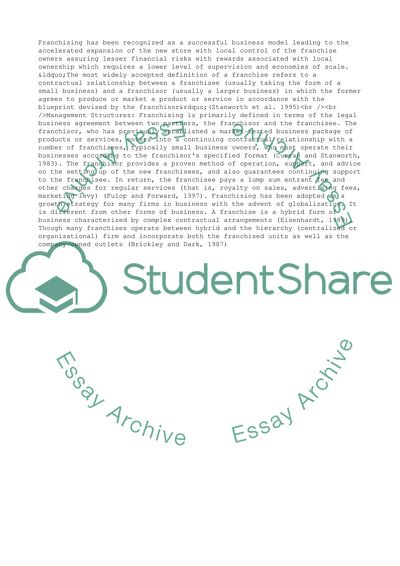Cite this document
(What Are the Implications of Managing the Franchise Side of a Chain Coursework, n.d.)
What Are the Implications of Managing the Franchise Side of a Chain Coursework. https://studentshare.org/business/1708274-what-are-the-implications-of-managing-the-franchise-side-of-a-chain-organisation
What Are the Implications of Managing the Franchise Side of a Chain Coursework. https://studentshare.org/business/1708274-what-are-the-implications-of-managing-the-franchise-side-of-a-chain-organisation
(What Are the Implications of Managing the Franchise Side of a Chain Coursework)
What Are the Implications of Managing the Franchise Side of a Chain Coursework. https://studentshare.org/business/1708274-what-are-the-implications-of-managing-the-franchise-side-of-a-chain-organisation.
What Are the Implications of Managing the Franchise Side of a Chain Coursework. https://studentshare.org/business/1708274-what-are-the-implications-of-managing-the-franchise-side-of-a-chain-organisation.
“What Are the Implications of Managing the Franchise Side of a Chain Coursework”. https://studentshare.org/business/1708274-what-are-the-implications-of-managing-the-franchise-side-of-a-chain-organisation.


